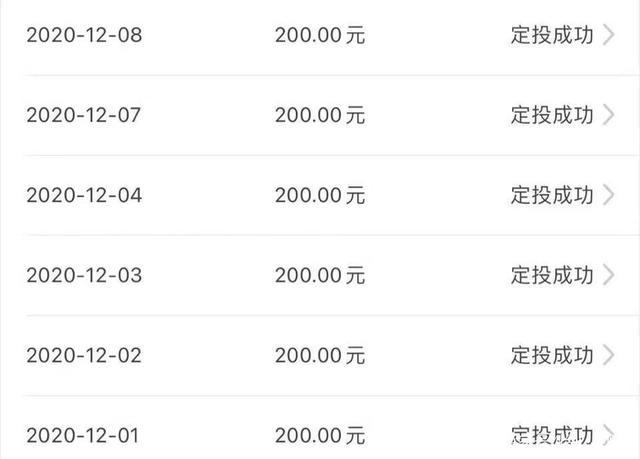Title: Understanding Investment Funds Returns
Investment funds, a popular choice for wealth management, offer various avenues for generating returns. Understanding how these returns are generated and what factors influence them is crucial for making informed investment decisions. Let's delve into the intricacies of investment fund returns.
Types of Investment Funds
1.
Mutual Funds
: These funds pool money from multiple investors to invest in stocks, bonds, or other assets.
2.
ExchangeTraded Funds (ETFs)
: Similar to mutual funds but traded on stock exchanges like individual stocks.
3.
Index Funds
: Designed to match the performance of a particular market index.
4.
Hedge Funds
: Typically open to accredited investors and employ diverse strategies, often with higher risk and potentially higher returns.
5.
Money Market Funds
: Invest in shortterm, highquality debt securities, providing stability but typically lower returns.
Components of Fund Returns
1.
Capital Gains
: When the fund sells investments for a profit, the resulting capital gains are distributed among investors.
2.
Dividend Income
: Some funds invest in dividendpaying stocks or bonds, providing regular income to investors.
3.
Interest Income
: Funds holding interestbearing securities like bonds generate income from interest payments.

4.
Distribution of Profits
: Periodically, funds distribute accumulated profits to investors in the form of dividends or capital gains.
Factors Influencing Fund Returns
1.
Market Conditions
: Economic factors, geopolitical events, and market sentiment can significantly impact returns.
2.
Fund Management
: The skill and strategy of fund managers play a crucial role in generating returns.
3.
Asset Allocation
: The mix of assets within a fund affects its risk and return profile. Diversification across different asset classes can mitigate risk.
4.
Expenses
: Management fees, administrative costs, and other expenses reduce the fund's returns.
5.
Tax Efficiency
: Tax implications can erode returns; taxefficient funds minimize this impact.
6.
Risk Profile
: Higherrisk investments may yield higher returns but also entail greater volatility and potential losses.
Evaluating Fund Performance
1.
Historical Returns
: Past performance can provide insights into how a fund has fared in various market conditions.
2.
Riskadjusted Returns
: Measures like Sharpe ratio and Sortino ratio help assess returns relative to the fund's risk.
3.
Comparative Analysis
: Compare the fund's performance against relevant benchmarks and peer funds.
4.
Consistency
: Consistent returns over multiple periods indicate stability and reliability.
5.
Fundamentals
: Assess the underlying assets, fund objectives, and investment strategy for alignment with your financial goals.
Practical Considerations and Recommendations
1.
Diversification
: Spread investments across different asset classes and geographic regions to mitigate risk.
2.
Cost Efficiency
: Choose funds with competitive fees and expenses to maximize net returns.
3.
Longterm Perspective
: Investing with a longterm horizon can help ride out shortterm fluctuations and capitalize on compounding.
4.
Due Diligence
: Research fund managers, track records, and fund objectives before investing.
5.
Consultation
: Consider seeking advice from financial advisors or wealth managers for personalized guidance.
In conclusion, investment fund returns are influenced by various factors, including market conditions, fund management, and asset allocation. Evaluating performance, understanding risk, and aligning investments with financial objectives are essential for achieving longterm financial growth and stability. By staying informed and making prudent investment decisions, investors can navigate the complex landscape of investment funds effectively.
Understanding Investment Funds Returns
Understanding Investment Funds Returns
1. Mutual Funds:...
1. Capital Gains:...
1. Market Conditions:...
1. Historical Returns:...
1. Diversification:...
